Contest Summary | Week 1 | Week 2 | Week 3 | Week 4
Who (and what) are steamships for?
Week 2 – April 26, 2021
By Camille Lyans Cole
Welcome to Week 2! This week, we are going to learn about steamships on the Tigris River, and you will have the chance to answer three questions at the bottom of the page to enter a lottery draw for a gift card. Let’s get started!
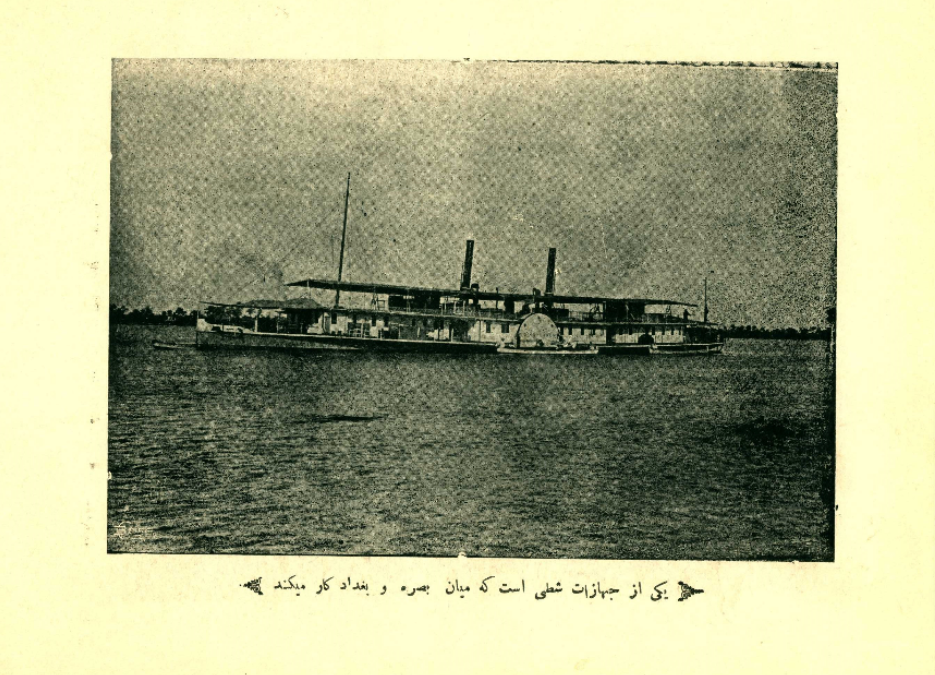
Joseph Svoboda spent most of his adult life working on the commercial steamships that navigated the Tigris river between Basra and Baghdad. He often wrote in his diaries about the steamships and his work. Joseph worked for the British Euphrates and Tigris Steam Navigation Company, serving first on the “Dijleh” (which sank), next on the “Blosse Lynch,” and finally on the “Mejidieh.” The Ottoman government operated another service competing with the British ships, and by the time Joseph retired in 1905, there were a total of nine commercial steamships running regular service between the two cities.
Many people believed that steamships were the key to unlocking Iraq’s agricultural wealth. Irrigation engineers like William Willocks identified Iraq as the site of the Garden of Eden, and many believed irrigation from the Tigris and Euphrates could restore Iraq’s ancient glory. Steamships, then, would deliver Iraqi grain to the world.
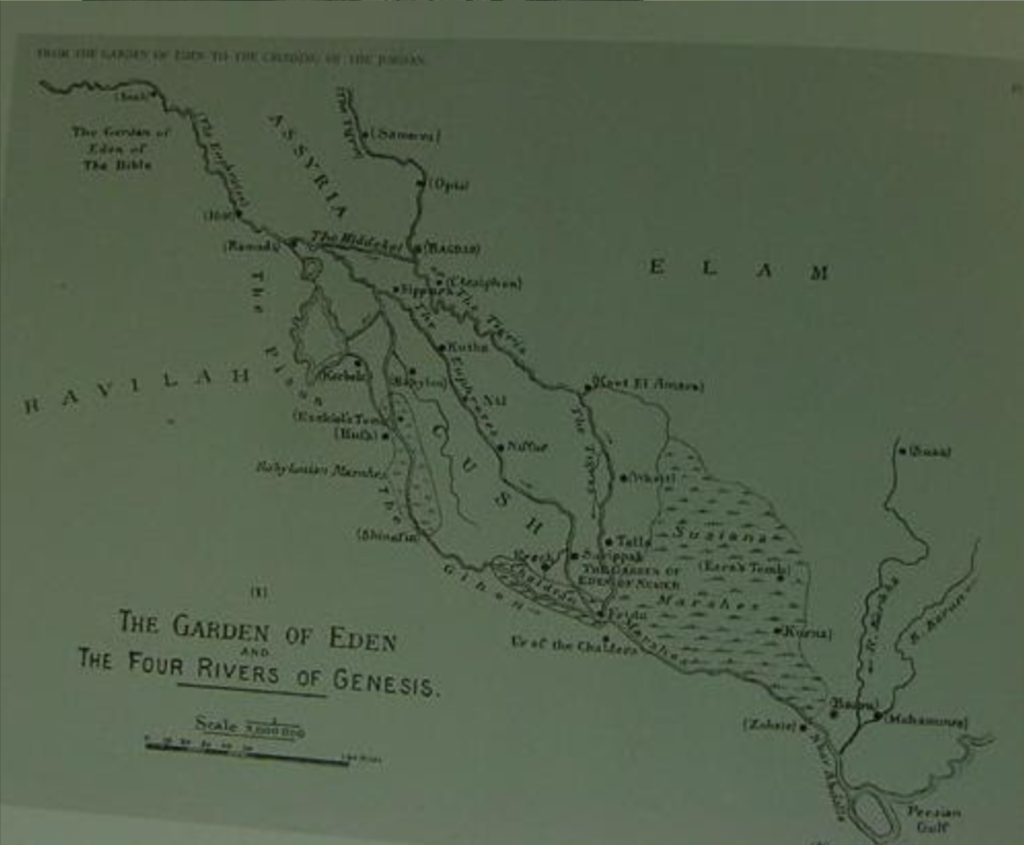
The problem was, the Tigris and Euphrates were not particularly good rivers for steamships. They were shallow and winding. The channels for navigation changed seasonally, and unpredictably. And, on top of that, the Ottoman government was worried that the British would use their steamships to try to intervene in Iraq, so they limited the number of steamships that could run on the rivers.
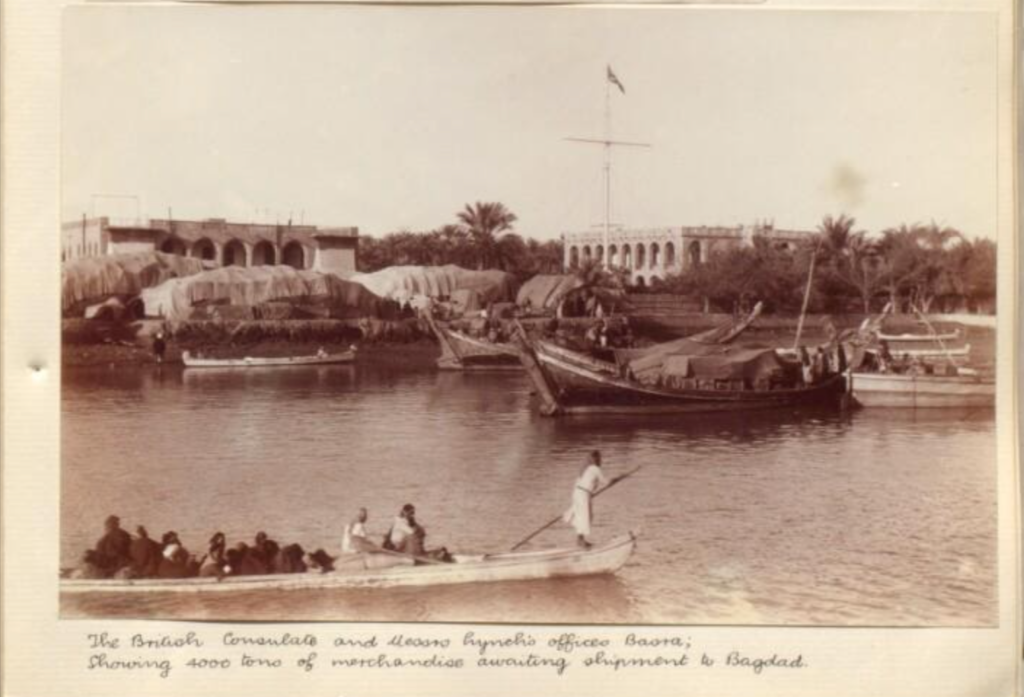
All of this meant that although steamships were faster than sailing ships, they were also expensive and unpredictable. Goods could spend months waiting on the wharves in Basra before being shipped upstream. Ships could spend days aground on sand banks. Because of that, many merchants and passengers preferred to use sailing ships.
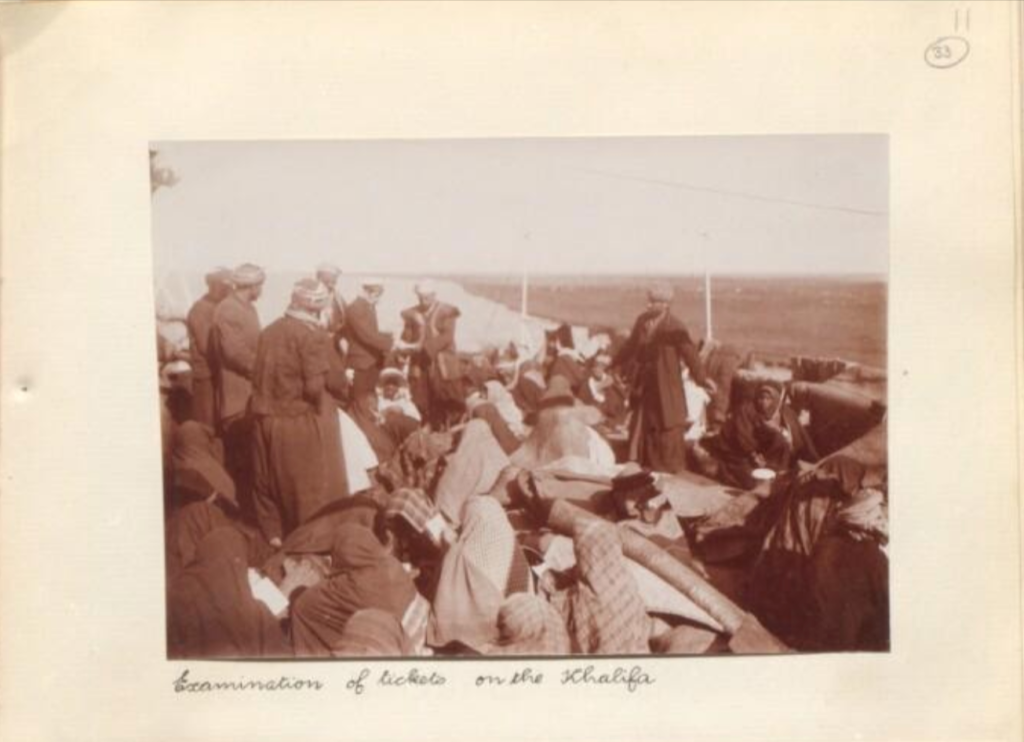
However, many people were willing to look past the problems. The number of people who rode the steamships between Baghdad and Basra increased steadily, especially after the 1870s. Some people paid extra to stay in the ship’s cabins – there were nine – but most passengers spent the 3-4 days (usually) of their journey on deck.
Sometimes passengers fell overboard; at other times they were exposed to the weather or even to attacks from people living on shore. Mostly, though, the journeys passed quietly.
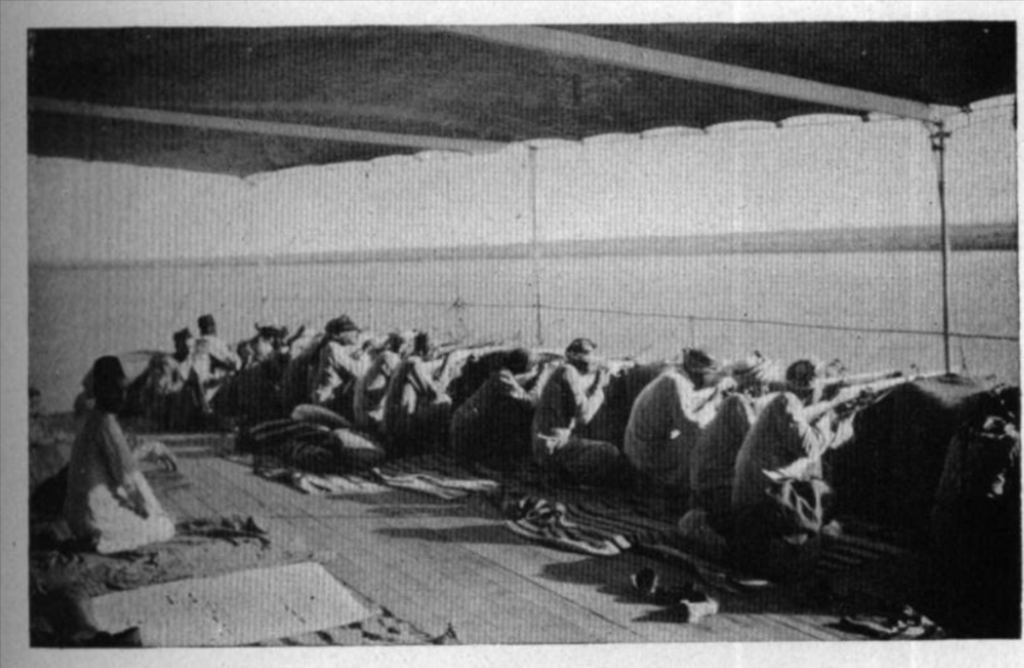
Suggested readings: Diary 47 28-30, 294-295
The following questions were answered by users for this week. To view a summary of their answers, click here.
- Joseph often mentions what kinds of cargo his ship is carrying. Look for examples of cargo. What do they ship? Where does it come from?
- Joseph often describes the passengers on the steamships. Who – individuals or groups – uses the steamships and why?
- Were you surprised by any of the people who traveled on the steamships, or the cargo they shipped? Please explain.